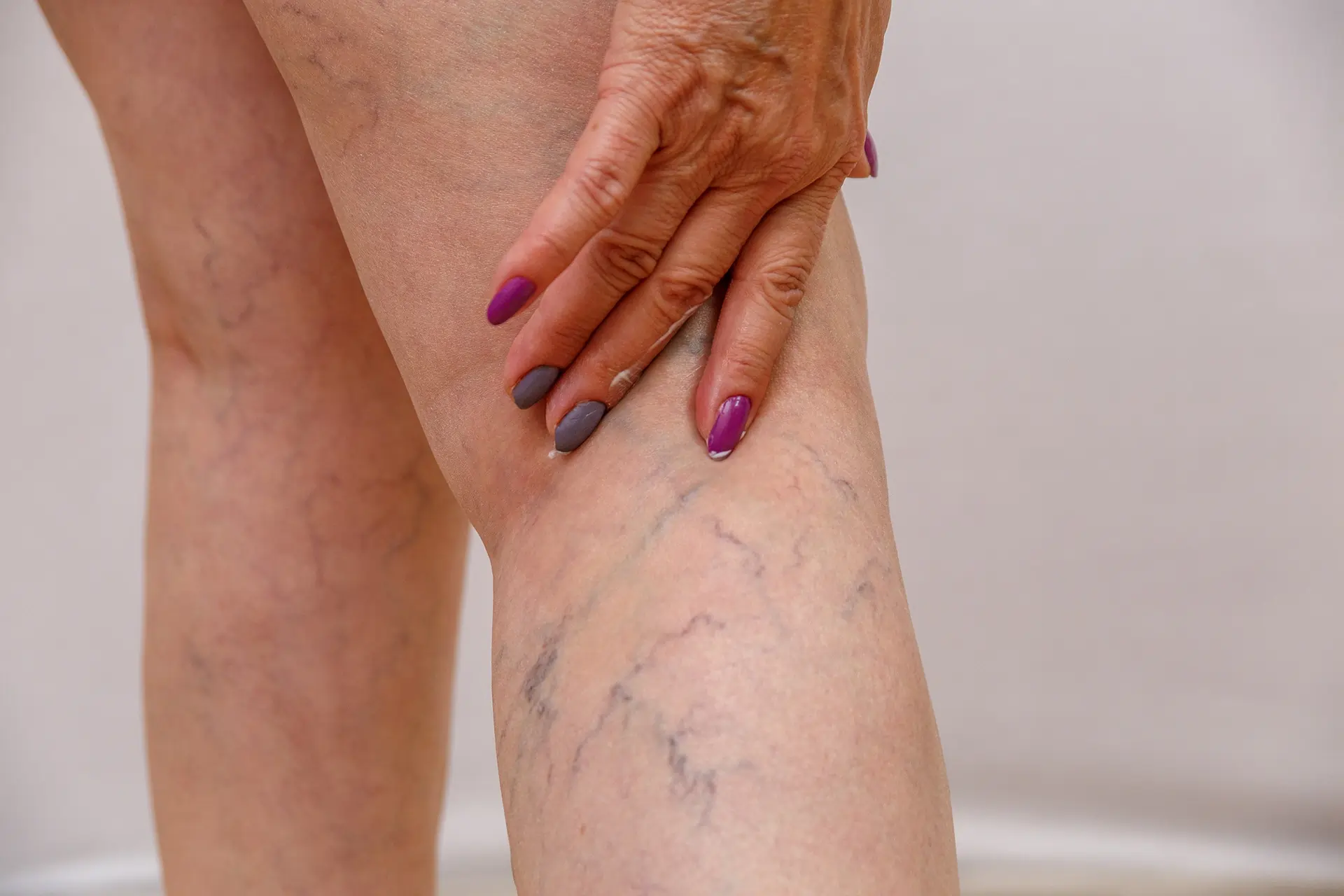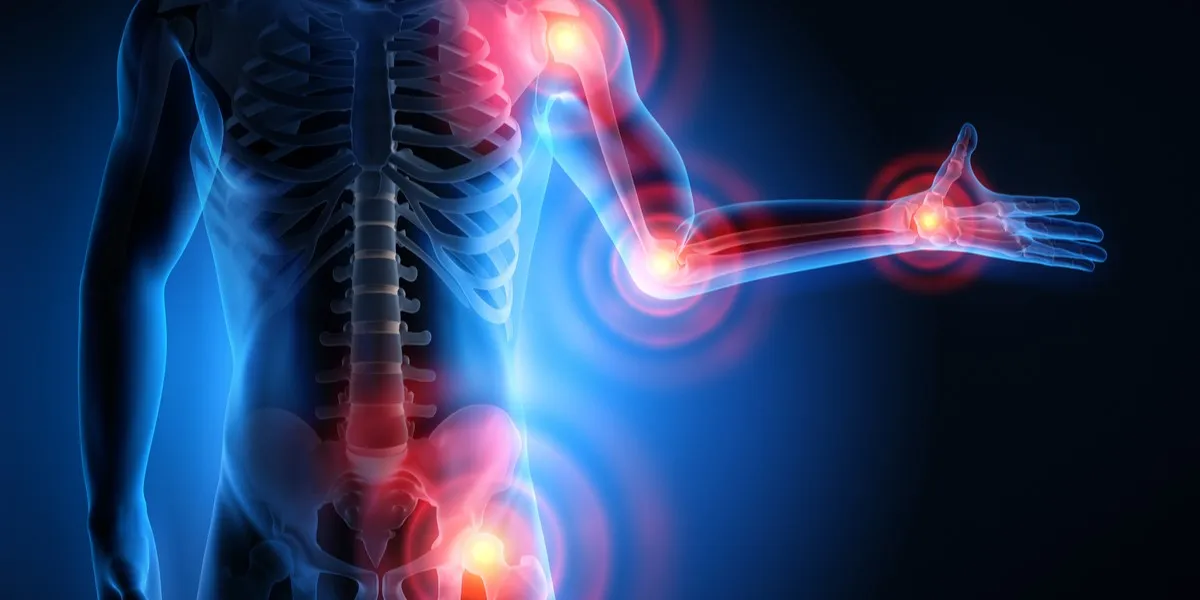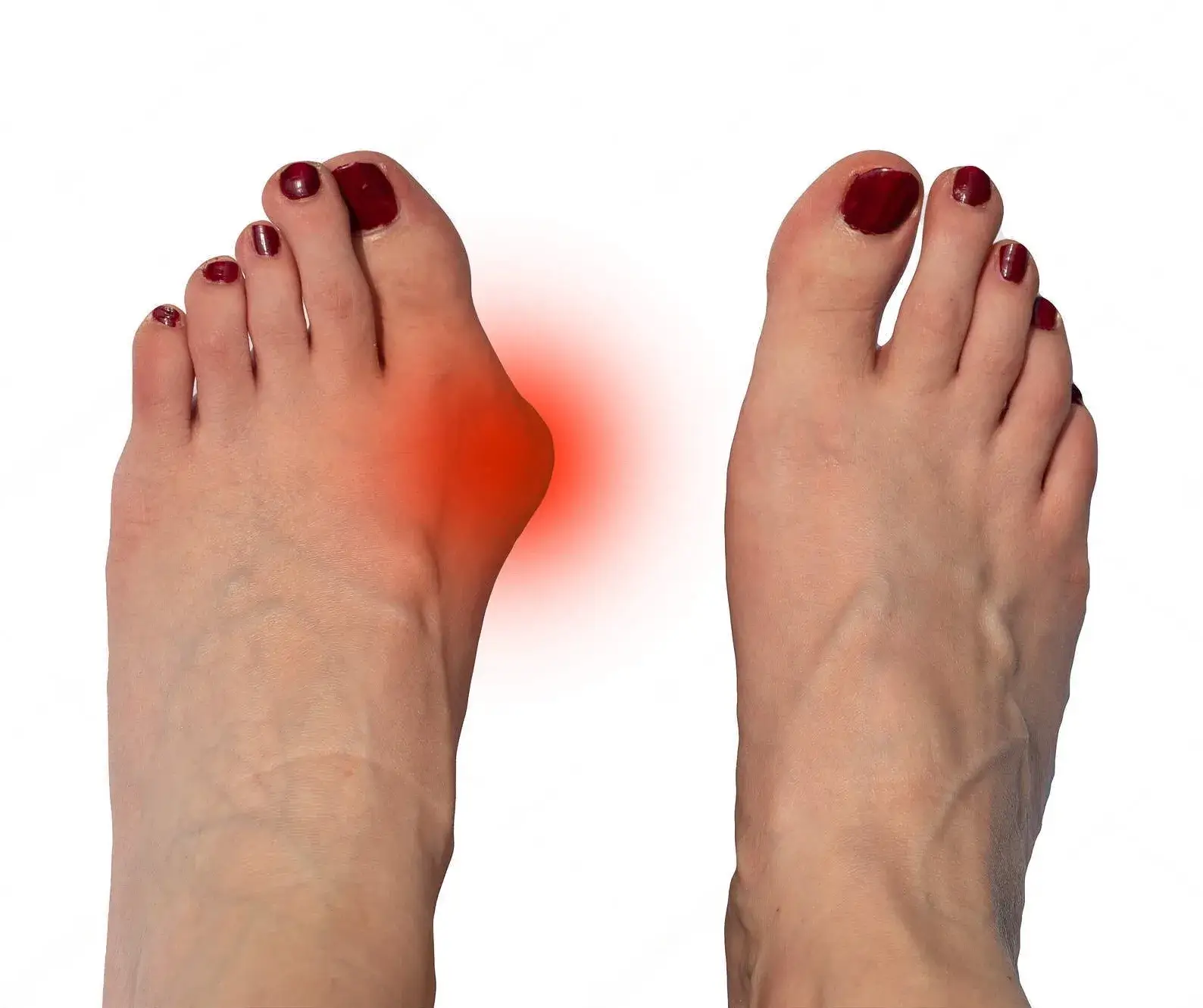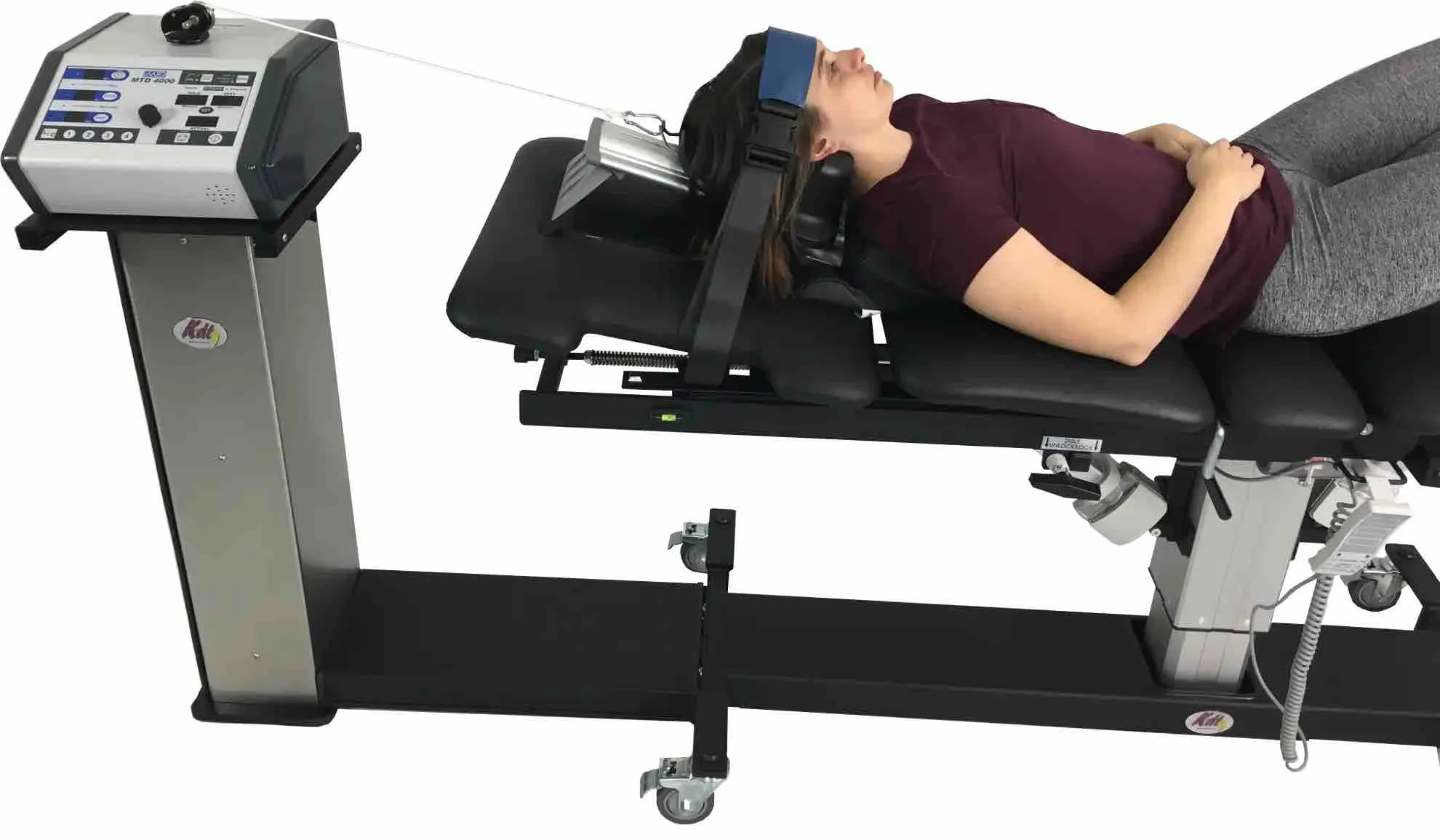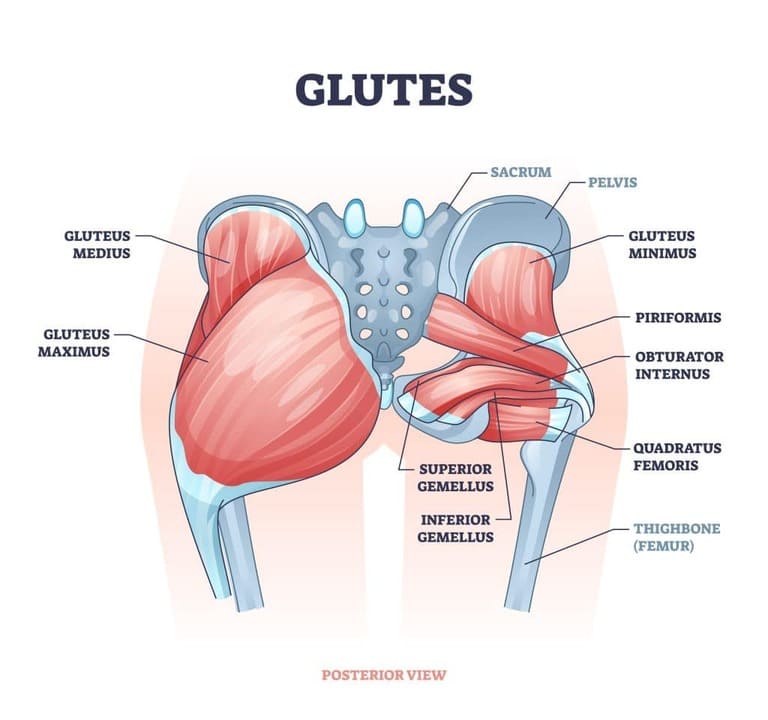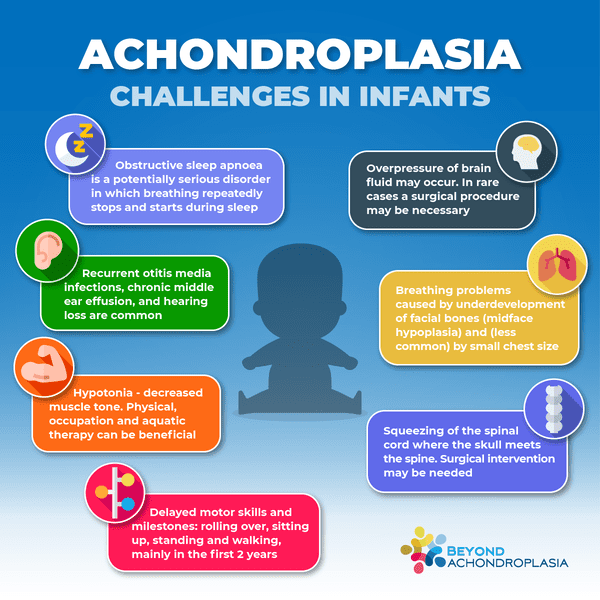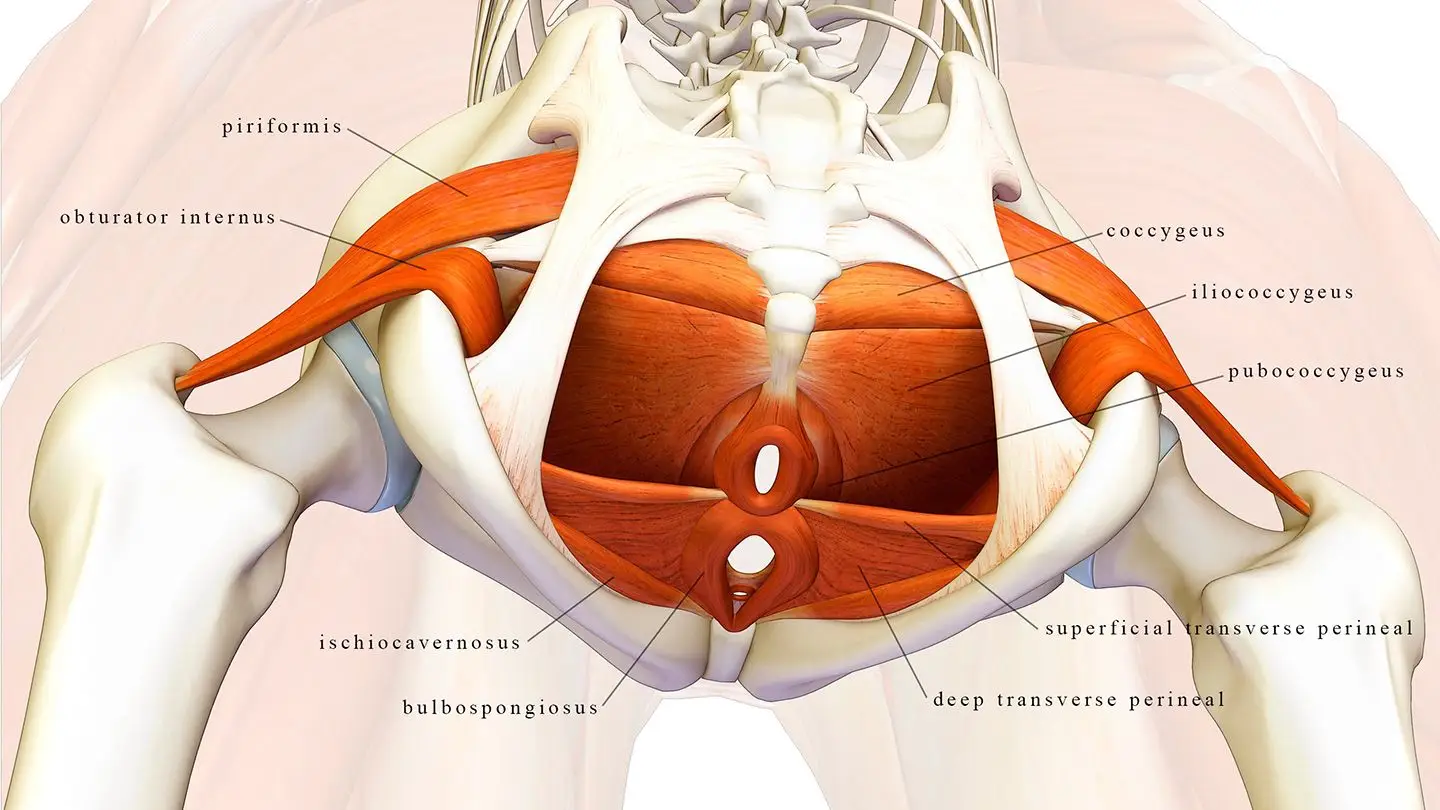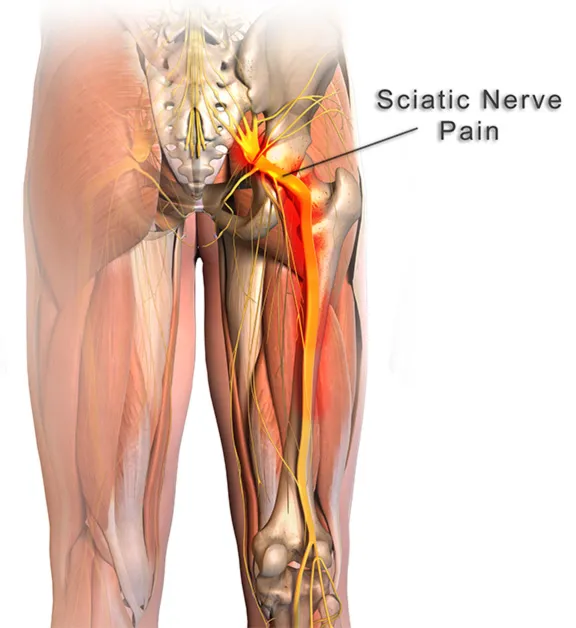
Overview
Spinal stenosis, a prevalent spinal condition, is characterized by the narrowing of the spinal canal, leading to discomfort and neurological symptoms. This article explores the root causes of spinal stenosis and its associated symptoms. Understanding the underlying mechanisms and recognizing early signs can help individuals seek timely treatment and relief.
What is Spinal Stenosis?
Spinal stenosis refers to the narrowing of the spinal canal, the bony structure that encases the spinal cord. This constriction can exert pressure on the spinal cord and nerves, causing discomfort and potentially affecting an individual’s daily life. Spinal stenosis primarily affects individuals aged 50 and above, with the most common areas being the lower back (lumbar spinal stenosis) and the neck (cervical spinal stenosis).
How Common is Spinal Stenosis?
The prevalence of spinal stenosis is noteworthy, with degenerative spinal changes impacting nearly 95% of individuals by the age of 50. Among individuals aged 65 and older who require spine surgery, lumbar spinal stenosis stands as the most frequent diagnosis.
Types of Spinal Stenosis
There are two main types of spinal stenosis based on the location of the condition within the spine:
- Lumbar Spinal Stenosis: This is the most common type of spinal stenosis and occurs in the lower back. It affects the lumbar spine, which consists of five vertebrae labeled L1 to L5. Lumbar spinal stenosis can cause symptoms such as low back pain, radiating leg pain, leg heaviness, and numbness or tingling in the buttocks, legs, or feet. Pain often worsens with activities like standing or walking and improves when sitting or leaning forward.
- Cervical Spinal Stenosis: This type of spinal stenosis occurs in the neck area and affects the cervical spine, which comprises seven vertebrae labeled C1 to C7. Symptoms of cervical spinal stenosis include neck pain, radiating arm pain, arm weakness, numbness or tingling in the arms, balance problems, and decreased hand function. Patients with cervical spinal stenosis may experience difficulties with coordination and fine motor skills.
The choice of treatment and management strategies for spinal stenosis can vary depending on the location of the condition within the spine. It’s important to accurately diagnose the type of spinal stenosis and tailor the treatment plan to address the specific symptoms and needs of the individual patient.
Understanding the type of spinal stenosis is a critical step in determining the most appropriate course of action to relieve pain and improve the patient’s quality of life.
Symptoms of Lumbar Spinal Stenosis
Symptoms of lumbar spinal stenosis typically occur in the lower back and lower extremities. They may include:
- Low Back Pain: Discomfort or pain in the lower back region.
- Radiating Leg Pain: Pain radiates from the lower back into one or both legs, often described as a dull ache or burning sensation.
- Leg Heaviness: A sensation of heaviness or weakness in one or both legs, often leading to cramping.
- Numbness or Tingling: Feelings of numbness or tingling, commonly referred to as “pins and needles,” in the buttocks, legs, or feet.
- Positional Relief: Pain that worsens with activities such as standing or walking but improves when sitting or leaning forward.
Symptoms of Cervical Spinal Stenosis
Cervical spinal stenosis affects the neck and upper extremities. Common symptoms include:
- Neck Pain: Discomfort or pain in the neck region.
- Radiating Arm Pain: Pain that radiates from the neck into one or both arms, with a sensation of dull ache or burning.
- Arm Weakness: Weakness or clumsiness in one or both arms.
- Numbness or Tingling: “Pins and needles” sensations in the arms, hands, or fingers.
- Balance Problems: Difficulty maintaining balance or coordination.
- Hand Function: Decreased function in the hands, making tasks like writing or buttoning shirts challenging.
Understanding the specific symptoms associated with lumbar or cervical spinal stenosis is crucial for an accurate diagnosis and effective treatment. If you experience any of these symptoms, consult a healthcare provider for a comprehensive evaluation and personalized care plan.
Additional Symptoms of Spinal Stenosis
In addition to the symptoms mentioned earlier, spinal stenosis can manifest in several other ways, depending on the affected area and the degree of constriction in the spinal canal. These symptoms can include:
Sciatica: When lumbar spinal stenosis compresses the nerves that travel down the legs, it can lead to sciatica. This condition causes sharp pain, tingling, or numbness that radiates from the lower back down the leg.
Difficulty Walking: As spinal stenosis progresses, individuals may find it increasingly challenging to walk long distances or stand for extended periods. They might experience leg weakness and heaviness, leading to a sensation of instability.
Bowel or Bladder Dysfunction: In severe cases, spinal stenosis can affect the nerves controlling the bowels and bladder, leading to incontinence or difficulty with urination and bowel movements.
Causes of Spinal Stenosis
Spinal stenosis has a myriad of causes, with acquired (developing after birth) and congenital (present at birth) categories. Acquired spinal stenosis, more common among individuals over the age of 50, primarily stems from degenerative changes in the spine. Causes include:
- Bone Overgrowth: Osteoarthritis, a degenerative condition that affects joint cartilage, can lead to bone spurs within the spinal canal.
- Bulging or Herniated Discs: Aging can cause vertebral discs to deteriorate, leading to bulging or herniated discs that compress spinal nerves.
- Thickened Ligaments: Arthritis can result in the thickening of spinal ligaments.
- Spinal Fractures and Injuries: Traumatic incidents or inflammation near the spine can contribute to spinal stenosis.
- Spinal Cysts or Tumors: Growths within the spinal cord or around it can narrow the spinal canal.
Congenital spinal stenosis, while rarer, affects infants and children due to developmental issues or genetic conditions.
Understanding the causes and symptoms of spinal stenosis is essential for early detection and effective treatment. If you suspect you or someone you know may have spinal stenosis, consult a healthcare provider for a comprehensive evaluation.
Nonsurgical Treatment for Spinal Stenosis
For individuals experiencing the discomfort of spinal stenosis, non-invasive treatment options are often the first line of defense against the condition. These conservative approaches aim to alleviate symptoms, improve functionality, and enhance overall quality of life. Here are some of the non-surgical methods employed in the management of spinal stenosis:
Physical Therapy: Physical therapists play a pivotal role in the non-surgical management of spinal stenosis. They tailor exercise programs to the specific needs of each patient, focusing on strengthening core muscles, improving flexibility, and enhancing spine stability. These exercises are aimed at alleviating pain, improving posture, and promoting long-term spine health. Furthermore, physical therapists may instruct patients on walking techniques that can relieve pressure on the spinal nerves.
Steroid Injections: Epidural steroid injections can provide temporary relief by reducing inflammation in the affected area. These injections are administered directly into the epidural space, targeting the source of pain and discomfort.
Oral Medications: Nonsteroidal anti-inflammatory drugs (NSAIDs), available over-the-counter, can effectively reduce inflammation and provide pain relief associated with spinal stenosis. Additionally, prescription medications such as antiseizure drugs (e.g., gabapentin) and tricyclic antidepressants (e.g., amitriptyline) may be recommended to address nerve-related pain. Muscle relaxants can help relieve muscle cramps or spasms.
Clinic Services for Treating Spinal Stenosis
York Rehab Clinic offers a range of services, each of which can contribute to the holistic treatment of spinal stenosis. When considering how these services can help manage and alleviate the condition, it’s important to prioritize the most relevant and effective approaches.
The following clinic services can play a role in treating spinal stenosis:
Physiotherapy: Physiotherapy is a fundamental component of spinal stenosis treatment. Physiotherapists design customized exercise programs that enhance core muscle strength, flexibility, and spine stability. These exercises help support the spine, improve posture, and reduce discomfort related to spinal stenosis.
Osteopathy: Osteopathic treatment focuses on manual techniques that aim to improve joint mobility, reduce muscle tension, and enhance blood circulation. This can provide relief for some symptoms associated with spinal stenosis. Given its holistic approach, osteopathy is particularly valuable in the management of this condition.
Shockwave Therapy: While primarily known for its benefits in musculoskeletal disorders, shockwave therapy may have a role in pain management for spinal stenosis. This non-invasive treatment can stimulate healing and improve blood flow in affected areas.
Spinal Decompression Therapy: This specialized therapy directly addresses spinal issues. It involves gently stretching the spine to alleviate pressure on the spinal discs, which can be particularly beneficial for spinal stenosis patients.
Acupuncture: Acupuncture, an ancient Chinese practice, involves inserting thin needles into specific points on the body to promote healing and alleviate pain. Some individuals find relief from spinal stenosis symptoms through acupuncture.
Tips for Managing Spinal Stenosis
Living with spinal stenosis can be challenging, but there are strategies to help individuals manage their symptoms and maintain a good quality of life. Here are some practical tips for dealing with spinal stenosis:
- Stay Active: Regular, low-impact exercise can help strengthen the muscles that support the spine, improve flexibility, and reduce pain. Activities like walking, swimming, and stationary biking can be beneficial.
- Maintain Proper Posture: Pay attention to your posture when sitting and standing. Using ergonomic chairs and devices can help ensure you maintain a neutral spine position.
- Lose Excess Weight: Excess weight can put additional strain on the spine. Maintaining a healthy weight can relieve pressure on the affected areas.
- Pain Management: Use over-the-counter anti-inflammatory medications or prescription drugs as directed by your healthcare provider to manage pain and inflammation.
- Physical Therapy: Enroll in physical therapy sessions to learn exercises and techniques that can improve your condition and provide relief from symptoms.
- Heat and Cold Therapy: Applying heat or cold packs to the affected area can help alleviate pain and muscle tension.
- Assistive Devices: Consider using assistive devices like braces, canes, or walkers to reduce the load on your spine.
- Stay Hydrated: Proper hydration is important for maintaining the health of spinal discs.
- Regular Check-ups: Schedule regular check-ups with your healthcare provider to monitor your condition and adjust your treatment plan as needed.
- Dietary Considerations: A balanced diet rich in calcium and vitamin D can support bone health.
Conclusion
If you suspect you have spinal stenosis or are experiencing symptoms like back pain, numbness, or weakness in your extremities, seek professional medical advice. A healthcare provider can accurately diagnose the condition and recommend the most suitable treatment plan for your specific case.
Remember that while surgery is an option for some, many individuals find relief through nonsurgical treatments like physical therapy, medications, or injections. Additionally, maintaining a healthy lifestyle, including regular exercise and a balanced diet, can help mitigate the risk of developing spinal stenosis and support overall spinal health.

